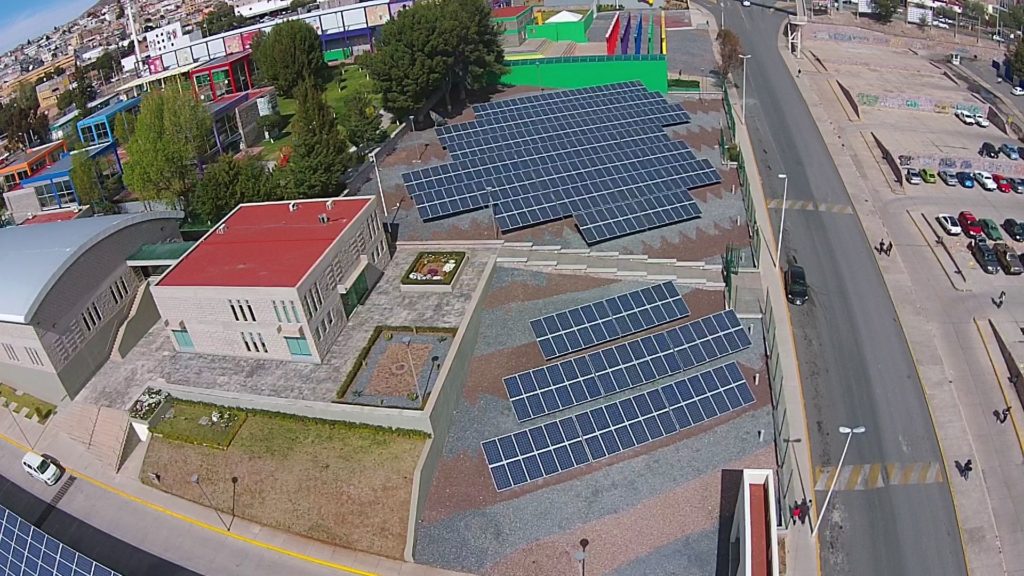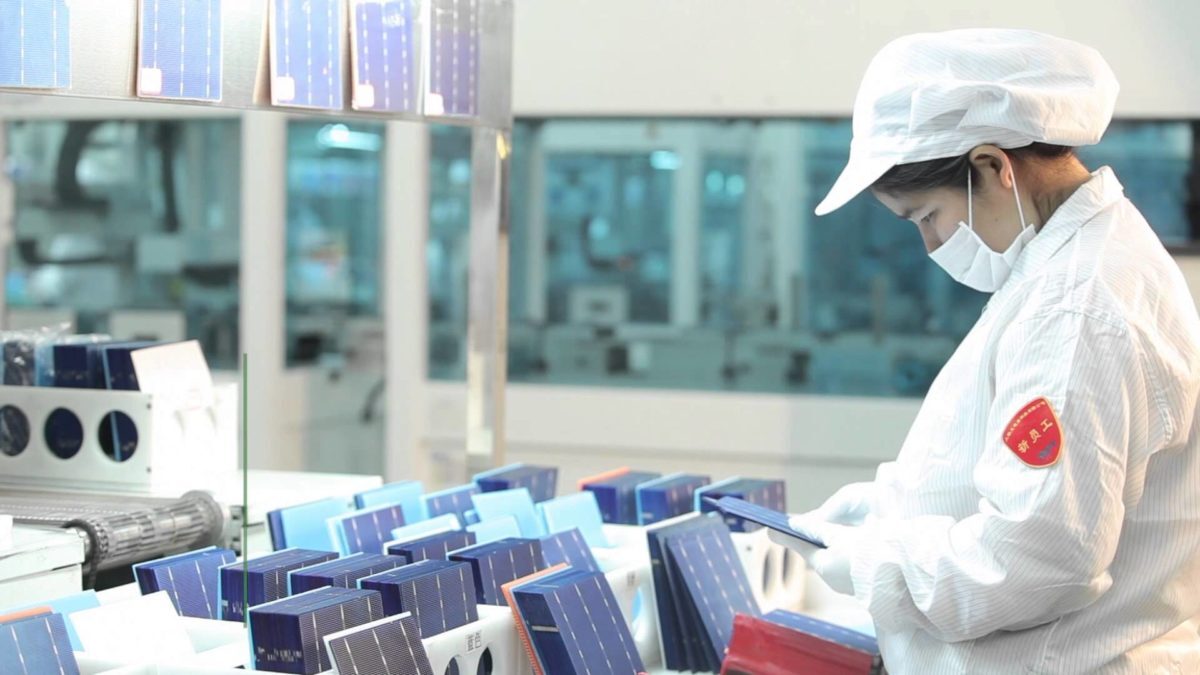Mexico hit an installed PV capacity of around 389 MW as of the end of December 2016, according to the report “Reporte de Avance de Energías Limpias” published by the country’s energy depertment Secretariat of Energy (Sener).
According to these figures, new grid-connected PV systems installed in Mexico in 2016 have totaled 219 MW. This result represents a 128% year-on-year growth, and the largest growth ever registered for the Mexican solar sector.
Currently, renewable energies represent around 25.1% of the country’s electricity mix, although PV has reached a share of only 0.53%. Also in terms of power production PV has a minimal share with a percentage of just 0.04%. Last year, however, all renewables combined together were able to reach a share of 20% of demand.
In a recent interview with pv magazine, Santiago Barcón of Energía Hoy revealed that Mexico had around 220 MW of PV distributed generation connected to its grid at the end of 2016. Furthermore, several hundred MW are expected to be installed this year, as a result of the first two auctions, which were held by the Mexican government last year and selected PV projects with a combined capacity of 3.6 GW.
According to Héctor Olea, president of the Mexican solar association Asolmex, more than one third of the 28 solar projects that were selected in the two power auctions held by the Mexican government last year are now at an advanced stage of development or under construction. Olea named the 754 MW project of Italian power utility Enel in the state of Coahuila, whose construction began in late March, a 270 MW solar park in the state of Sonora, a 157 MW installation in Chihuahua, and an 80 MW plant in Aguascalientes.
This content is protected by copyright and may not be reused. If you want to cooperate with us and would like to reuse some of our content, please contact: editors@pv-magazine.com.




By submitting this form you agree to pv magazine using your data for the purposes of publishing your comment.
Your personal data will only be disclosed or otherwise transmitted to third parties for the purposes of spam filtering or if this is necessary for technical maintenance of the website. Any other transfer to third parties will not take place unless this is justified on the basis of applicable data protection regulations or if pv magazine is legally obliged to do so.
You may revoke this consent at any time with effect for the future, in which case your personal data will be deleted immediately. Otherwise, your data will be deleted if pv magazine has processed your request or the purpose of data storage is fulfilled.
Further information on data privacy can be found in our Data Protection Policy.